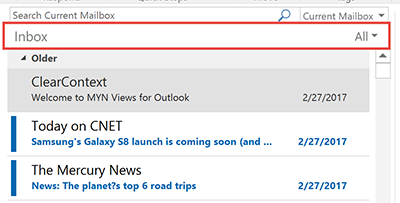Jan 24, 2016
Paul Thurrott gives a much deserved rant against Microsoft (link below) for the ongoing Surface Book and Surface 4 issues. As you may know, in early November I bought and immediately returned two high-end Surface Books in a row, due to serious crashing issues in both. This was at least a month or two after their initial release, and I didn’t want to wait many more months for more fixes.
Well, here we are three months after that, and tons of issues remain unfixed, according to Paul. So I am glad I made those returns and did not try to wait this out. Due to the long duration of the issues, and the total silence from Microsoft about them, Paul has dubbed the whole thing Surfacegate. Here is his link:
https://www.thurrott.com/mobile/microsoft-surface/64095/welcome-to-surfacegate
Of course, to be fair, many Surface Book and Surface 4 owners are perfectly happy—either because they don’t have any issues on their particular unit, or they are willing to put up with them. And as I noted in my article, many non-Surface computers running the new Skylake architecture and Windows 10, are also having similar issues.
But that said, I think the attention is warranted. You’d think Microsoft would have either have delayed release or fixed these things by now.
Michael




